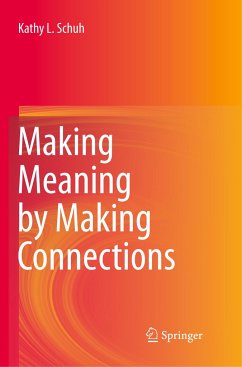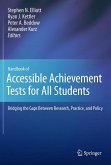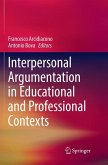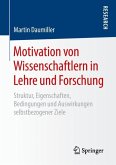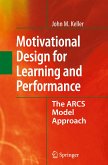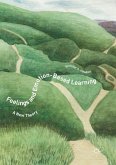This book documents those first links that students make between content they learn in their classrooms and their prior experiences. Through six late-elementary school case studies these knowledge construction links are brought to life. The links of the students are often rich in describing who these individuals are, where they are in their learning process, and what is meaningful to them. Many times, these links point to what has been learned, both in and out of school, and the contexts when and where that learning took place. The mind as rhizome metaphor was used to guide the development and interpretation of the studies while the lens of Peircian semiotics provides an interpretation for these initial links. The resulting grounded theory is presented through a rich and extensive presentation of excerpts from classroom observations, student interviews, and a student writing activity and describes the varying types of student links, how the links were prompted, the relationships between what the students were learning and what they already knew, and specific types of in-school links. The narrative includes how these links were supported or inhibited in the classroom drawing on the roles of the teachers in the classrooms and what constituted authority sources of information in those classrooms. Before exploring the students' linking as a process of ongoing semiosis and how this process is part of a dynamic system, a study of the relationship between student knowledge links and achievement is shared. This rich narrative will be of interest to scholars and practitioners alike, and includes an extensive appendix documenting the research methods.

